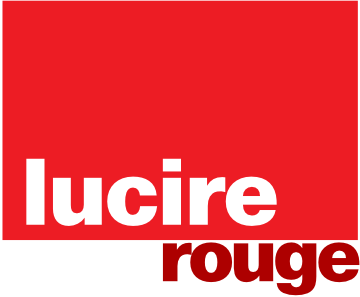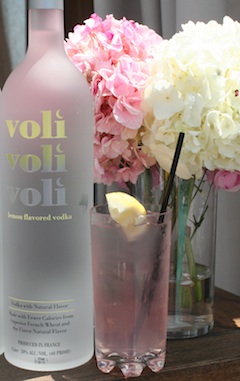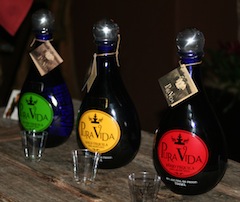The Viking Polaris: an expedition through maritime Canada’s past, and the future of small ship cruising
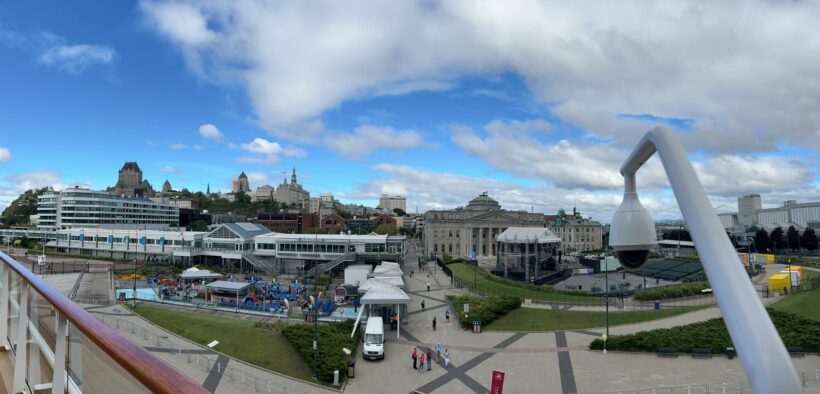
Some people like to take a walk down memory lane. I had a special opportunity to sail down it, by way of the St Lawrence River, aboard the Viking Polaris expedition ship. I mastered French at Université Laval in Québec City over the course of three summers, and prior to that, headed to Toronto and other driving distance towns and cities in Ontario and Québec with my family every August. These past journeys made the timing of this cruise itinerary particularly poignant.
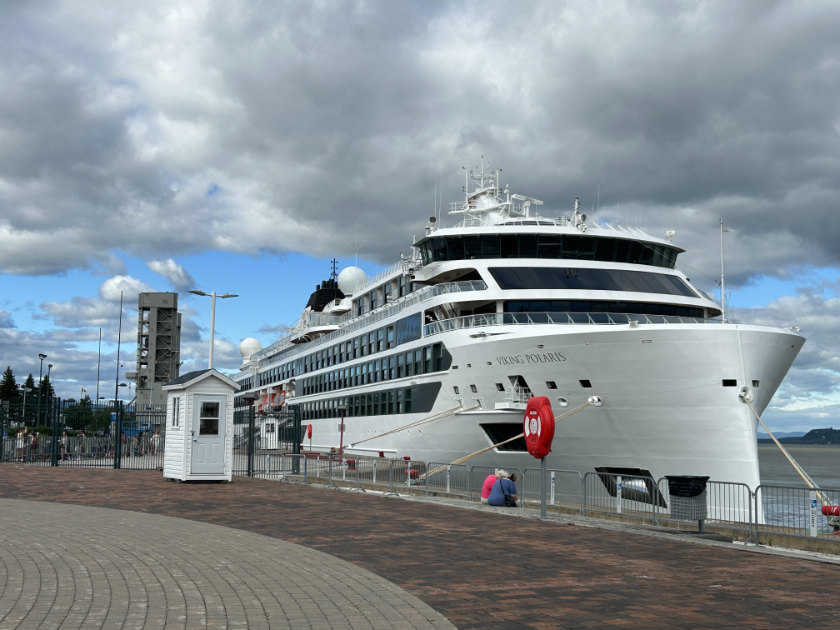
The Viking Polaris, docked in Trois Rivières, Québec.
While Viking’s Antarctica itinerary aboard the Viking Polaris (and sister craft Octantis) remains one of its most buzz-worthy since the ship’s launch in autumn 2022, itineraries like Canadian Discoveries allow passengers to combine elements of city-break travel and light adventure. It is also a fine way to test the waters of expedition-style cruising before committing money and time into a journey focused exclusively on rugged terrain, potential extreme weather conditions, and vast city-free landscapes. In the space of 14 days, the sailing down the St Lawrence River covers major cities, historic villages, and lesser-known places where nature and a simpler way of life are front and centre. It also delves into a North American history and enriching earth science, geology, and environmental activities.
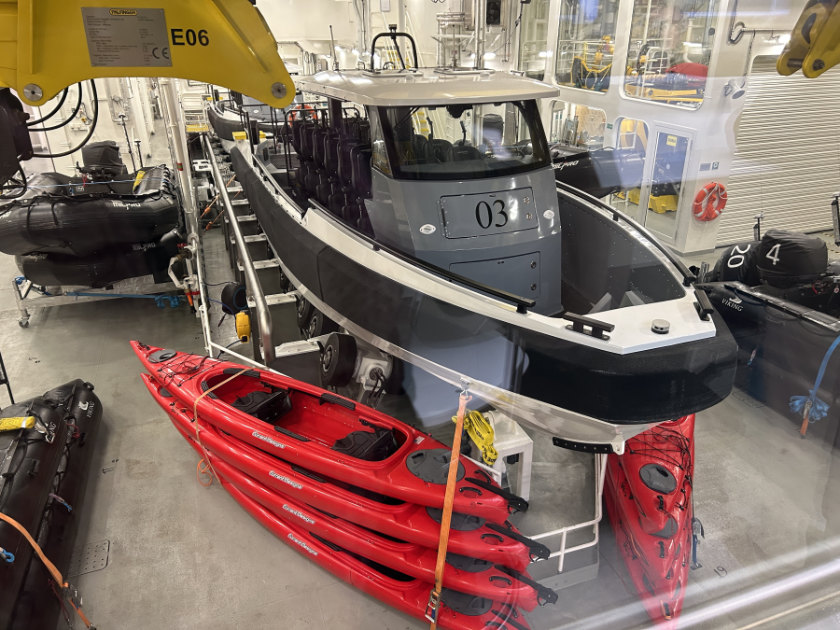
The Viking Polaris’s adventure vehicle “garage”, viewed from the ship’s science lab.
This particular itinerary offered me an opportunity to experience familiar places with a different set of eyes (specifically, an older and wiser me). The daily breakdown of activities read like a dégustation meal with each course representing one of my formative memories of Ontario, Québec, and the Maritime provinces. The menu also listed tastes of life in even more remote parts of Québec too far from the Laval campus for a day trip, such as Saguenay and its fjords and the remote island Cap-aux-Meules.
In terms of what the Polaris offers the modern traveller, I found myself intrigued with this updated and more active type of cruise, converging elements of Viking’s river cruises and ocean ships. It is something that strikes the perfect balance of slow travel and adrenaline-inducing moments, and makes for an atmosphere that allows travellers to connect and find common ground on everything from past travels to current events. During days at sea, when the cruise director or a member of the ship’s dedicated science team announced sightings of wildlife, impressive rock formations, and significant landmarks, it was fascinating to observe how most of the passengers migrated outside as a community to check things out. In these moments, the bar staff instantaneously appeared, effortlessly balancing trays of small cocktails to celebrate each discovery.
These unplanned moments reminded me of participating in excursions planned by the staff handling Université Laval’s summer immersion programmes—but with better alcohol, tastier food, and swankier sleeping accommodations. Being around passengers who were equally engaged and open to comparing notes about the land excursions was a wonderful throwback to my college days. As Toronto and Québec City were dramatically different places from the ones I remembered from a couple of decades ago, there was excitement in stumbling into something that did not exist in earlier times or realizing there were places I missed on those earlier trips.
Above and beyond the Canadian Discoveries itinerary, the Viking Polaris is truly a destination in its own right. Conversation starters are in every corner of the ship, making for an environment that organically prompts connection with like-minded, well travelled people from other places as would a university-driven language immersion programme.
Deck 1’s Expedition area features artefacts and interactive screens complementing the outdoor and science-based activities (kayaking, Zodiac and Expedition boat rides, hikes, bike rides, etc.) built into the itinerary. The Library, the ship’s 24–7 multi-purpose living room, has an impressive selection of books, tables with interactive screens for games or tracking the ship’s route, and a front area with a large screen used for small group discussions on geology, marine life, and other natural phenomena during days at sea. As this is Viking, something good to eat or drink to accompany or follow the activities is a given, as they ensure passengers are more inclined to stick around and socialize. My travel companion and I liked the cigar box-like presentation of premium loose leaf teas available exclusively in the Library.

LivNordic Spa reception.
Much of Deck 2 is dedicated to wellness, encompassing a well equipped fitness centre with TechnoGym machines, a weight training–fitness class area, and a thermal relaxation suite with heated ceramic loungers. These are all open to all passengers free of charge as is a circuit of hot and cold therapy areas consisting of a hydrotherapy pool, badestamp (hot tub room), wet and dry saunas, therapy and cold water bucket showers. The pool–sauna circuit area has floor-to-ceiling windows looking out to the sea. It adjoins the treatment rooms and locker areas of LivNordic Spa. Like better day spas on land, LivNordic’s menu combines classic, straightforward massages and facials with other options that combine more innovative modalities (such as those incorporated in the Hygge massage, including a covered sand table that conforms to and supports the body) as well as a signature line of skin care products, and talented practitioners who make the spa treatments worth the extra splurge.
Viking’s trademark Scandinavian interior design, impressive stateroom storage, and plush bedding are a touch more upgraded here. They are enhanced with bonuses such as a complimentary 24–7 laundry room on every deck. The same holds true for the dining options, expanded to include buffet dining at the World Café, which itself is upgraded with the Grill (offering grilled-to-order steaks, seafood, and comfort foods) during lunch and dinner, as well as free-standing sushi and fresh seafood stations. Like a buffet at a four- or five-star hotel, the kitchen is open-concept. The cooks manning the stations are approachable and open to customizing certain items. Many main dishes are not repeated during a two-week cruise, including Indian curries and Thai salads with a spicy kick. Another standout is a gelato bar in the dessert serving simple scoops, cones, or rolled ice-cream (a Thai invention) customized with a variety of toppings and liqueurs.
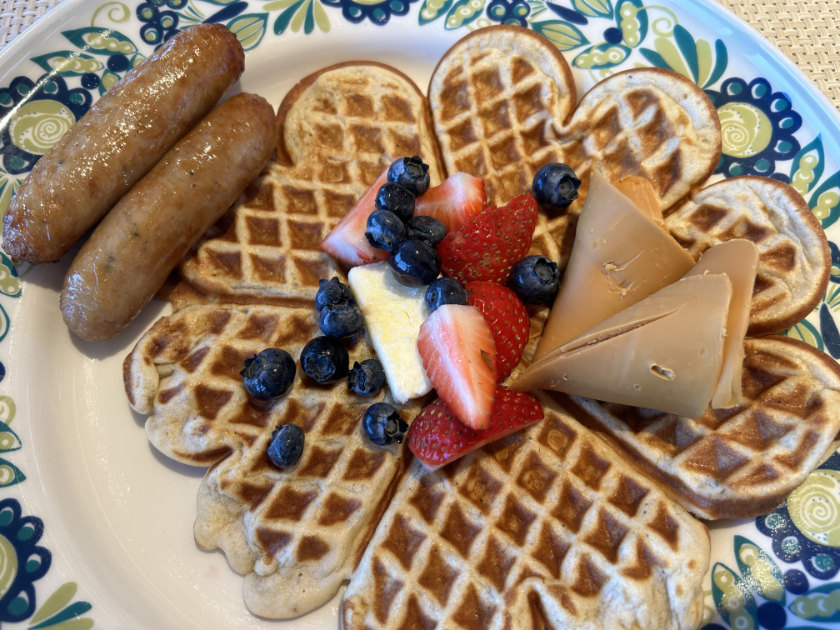
Mamsen’s tempting waffles topped with fresh berries and brunost (Norwegian brown cheese).
While healthy food isn’t usually associated with cruises, Mamsen’s (inspired by Viking founder Torstein Hagen’s mother) fits the bill with offerings such as split pea soup, freshly squeezed orange and green juices, and chilled seafood sandwiches on dense, thin-sliced brown bread from morning through late afternoon. However, please note that Mamsen’s does serve up a few calorie splurge-worthy items such as simple-yet-sweet coffee cakes and crispy breakfast waffles which can be topped with berries, whipped cream, and brunost cheese, and should be tried at least once.
In the vein of larger ocean liners, fine dining establishments, the Restaurant and Manfredi’s, resemble terrestrial restaurants and require reservations. Unlike comparable eateries on other ships, however, meals here are included in the price of the trip. As Canada’s Atlantic provinces are known for lobster, mussels, and other seafood expectations were particularly high. Both venues exceeded them, with flavourful main courses built on salmon, sea bass, swordfish, scallops, and prawns all complemented by soups and lobster or crab cakes inspired by Norway or the North American Atlantic coast. (As I write this, I find myself craving the rock lobster main course with drawn brown butter from the sixth night.)
Manfredi’s is rumoured to be the hardest place to secure a pre-cruise reservation, and for good reason. Entrées and mains are as good as those served at restaurants I have visited in Italy. The intensely flavourful bistecca fiorentina is big enough to share, even with waiters insisting the portions were ‘relatively small’. Based on our multiple visits (as our sailing was not sold out), asking about the daily specials is highly advised as Manfredi’s kitchen turns out superb one-off selections. I had a few favourites on repeat, including insalata del mercato, parmigiania di melanzane di Manfredi (an eggplant parmesan with paper-thin layers), lasagne al forno, the bucatini pasta, and an apple cake reminiscent of the Dutch apple pie found in Amsterdam cafés.
It’s also worth mentioning that the quality of the ship’s food and beverage programme extends to wine and spirits. Mixology classes, spirits and wine tastings, and other small private events are staged in the Hide, a stand-alone bar tucked into Deck 1 with clean, modern décor similar to big-city terrestrial cocktail lounges. It has the clever added touch of serving as a tribute to Viking Expedition godmothers Liv Arnesen and Anne Bancroft. Although the cocktail lists at the Aquavit Terrace, the Living Room, the Library, and the Explorer’s Lounge consist of standards such as martinis, mai-tais, and margaritas, the Polaris bar team threw a few curves on the Canadian Discovery with their own cocktail inventions and themed sips served during happy hour and impromptu wildlife sightings outdoors on the Bow, the Shelter, and Finse Terrace.
The grand finalé for Canadian Discoveries is the arrival in New York City at dawn, greeted by the Statue of Liberty and a close-up view of the skyline. Unlike other cruises where the final meal consists of a spare continental breakfast, the World Café was going full steam with a good selection of freshly prepared food. This is perhaps one of the most well thought-out perk of all, as travelling back home can prove itself to be an expedition-level adventure of another kind.
To learn more about the Viking Polaris and its itineraries, sailings, and packages, visit vikingcruises.com/expeditions.
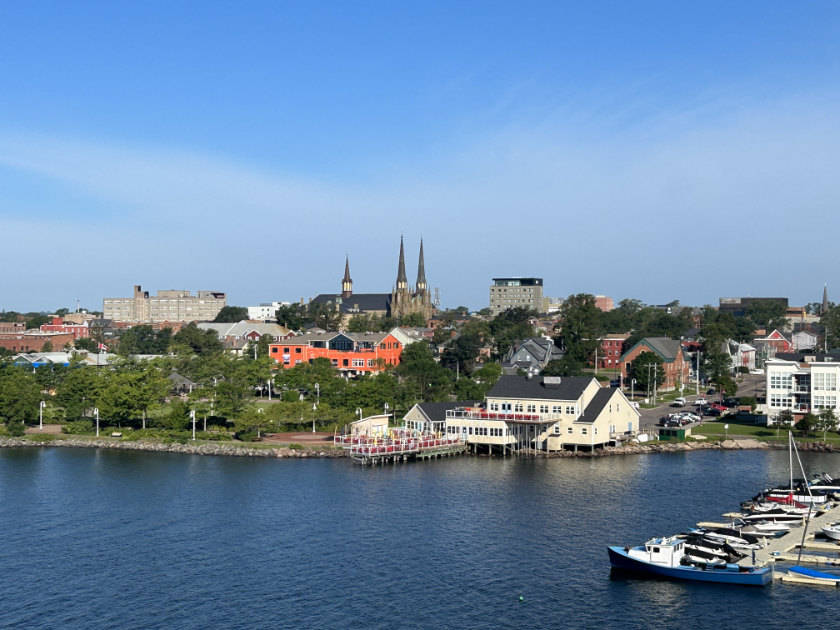
Arrival in Charlottetown, PEI.
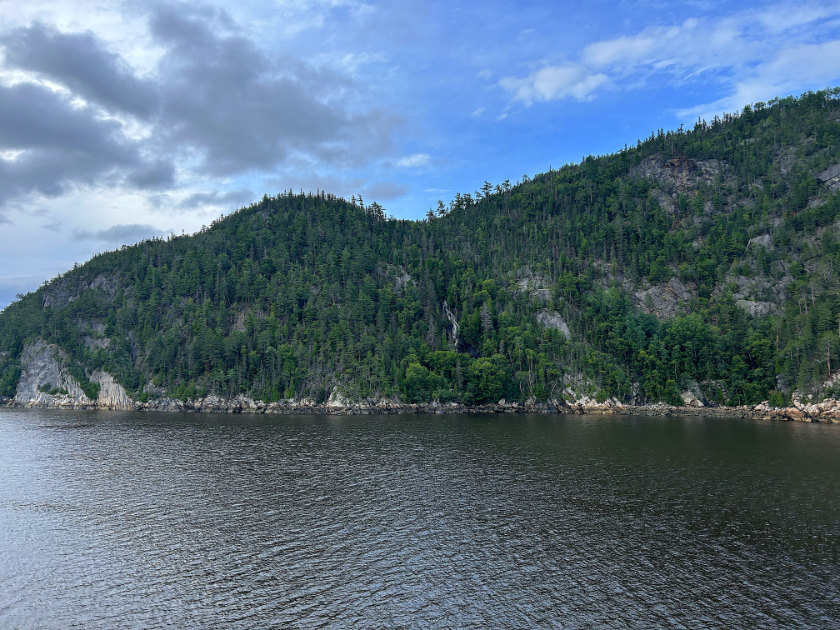
Saguenay, Québec.
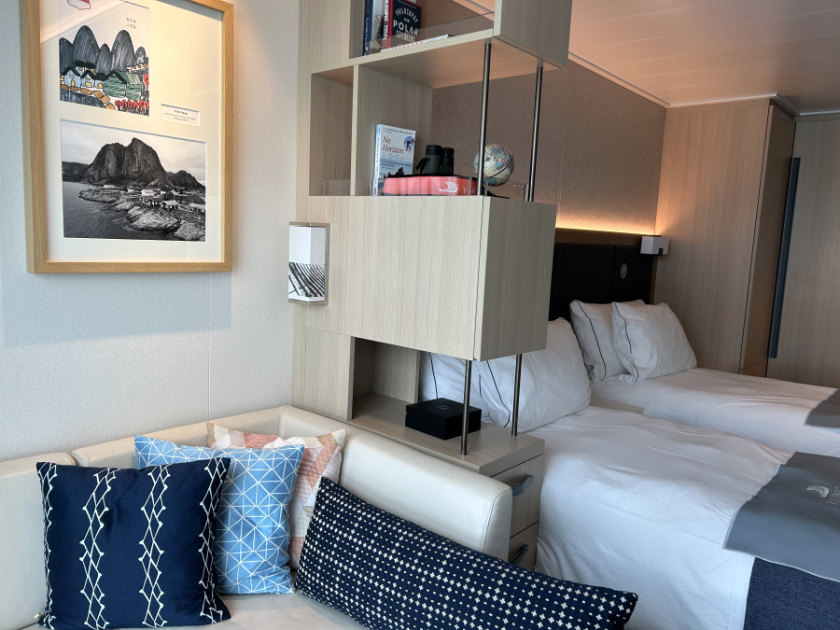
Viking Polaris cabin.
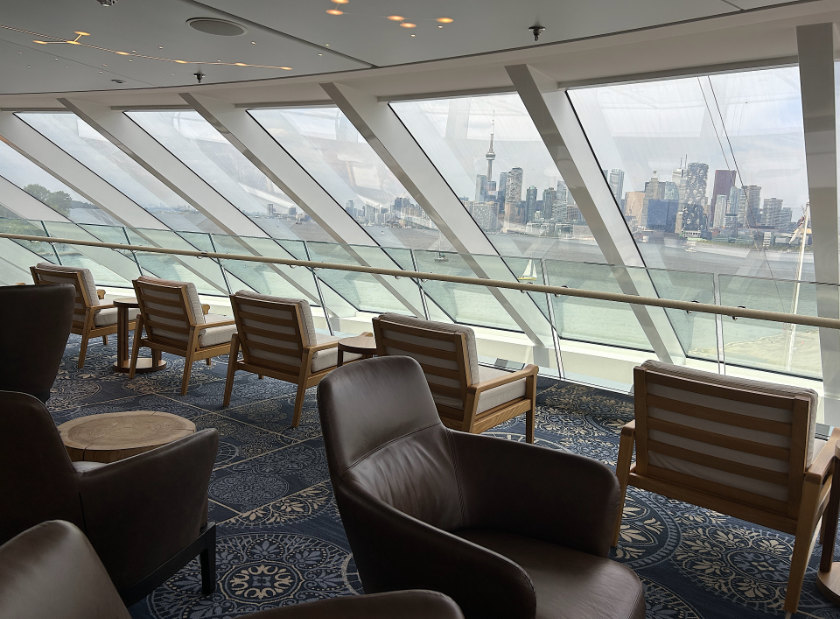
The Viking Polaris departs Toronto.
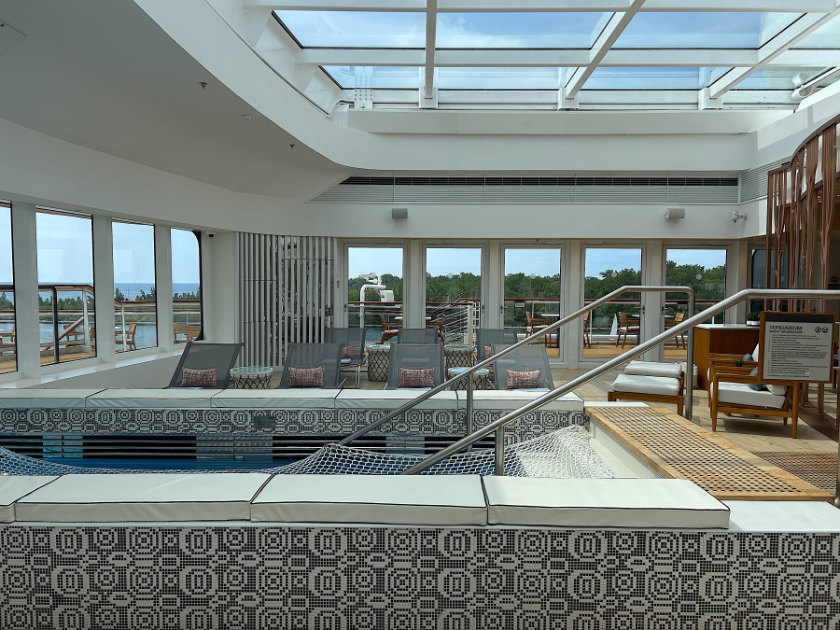
The Viking Polaris’s indoor–outdoor pool on Deck 5.
Shopping and dining on land: treasures along the St Lawrence River
One of the inevitabilities involved in revisiting a beloved place from your past is that it will be very different from the last time you were there, especially if a few years have passed. Once the shock wears off, however, what’s new can be thrilling. There were times when sailing up the St Lawrence River for me felt like less of nostalgia trip and more like a quick first-time foray into a new place in spite of familiar surroundings.
Toronto
St Lawrence Market was a trendy farmers’ market decades before farmers’ markets became trendy hangouts for residents and visitors. While there are still vendors selling produce and everyday foodstuffs, it’s more like a food hall with stalls that reflect the ever-changing demographics of the city. A few blocks up the street, the 20 year-old Distillery Historic District opens out like Emerald City, with exciting one-off local businesses and art galleries populating buildings from over 100 years ago.
While the Distillery District boasts numerous indie distilleries, restaurants, and bars (Spirit of York Distillery, Cluny Bistro and Boulangerie, El Catrin Destileria, Madrina Bar y Tapas), Spirithouse Toronto is the perfect choice for drinks and people-watching if your time in town is limited to 24 or 48 hours. After my companion and I were lured in with samples of house-made sangria, we were surrounded by whimsical prohibition and steampunk-inspired décor and stellar cocktails, such as the Matcha Mai Tai and Raspberry Tourist. Our favourite shops were also deliciously and refreshingly Canadian.
When is a logo T, sweatshirt, or messenger bag more than a souvenir? When it starts a conversation about where you’ve been. Red Canoe’s flagship store is stocked with items crafted with solid workmanship, tailoring, and artistry through eye-catching graphics and patches. The bulk of the stock references the Canadian Broadcasting Corporation (CBC), Royal Canadian Air Force (RCAF), Royal Canadian Mounted Police (RCMP), CP Railway, and other Canadian institutions along with iconic entities from the US and Britain. While the shop is concentrated on casual menswear, there several fun items for women and children.
The eco-friendly Liberty Clothing website covers a small collection of sustainably crafted sweats, tees, and loungewear for men, women, and children. However, the inviting and airy boutique steers reveals a much larger collection and ventures into a more fashion-forward direction. Standout pieces include upcycled jeans, denim jackets, and blazers with interesting textile insets, and artfully dyed garments.
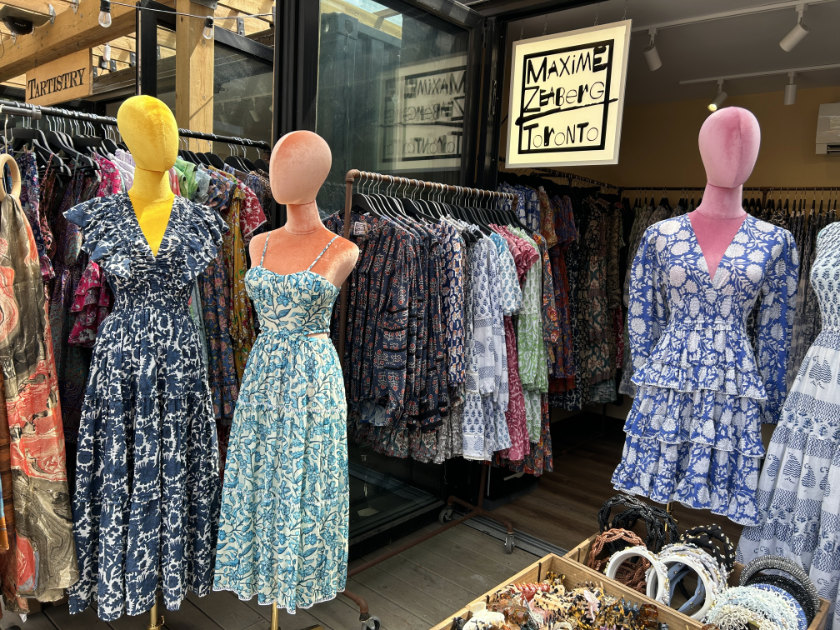
This kiosk housing Maxime Zeaberg bursts at the seams with organic cotton dresses, skirts, and tops using hand block-print techniques developed in Jaipur and other textile centres of India. There’s a democratic range of sizes as well as beautiful colour combinations achieved through inks and dyes that are naturally sourced and easy on the skin. Bonus: each purchase is packaged in a block-printed cotton bag that will also draw compliments.
Trois Rivières, Québec
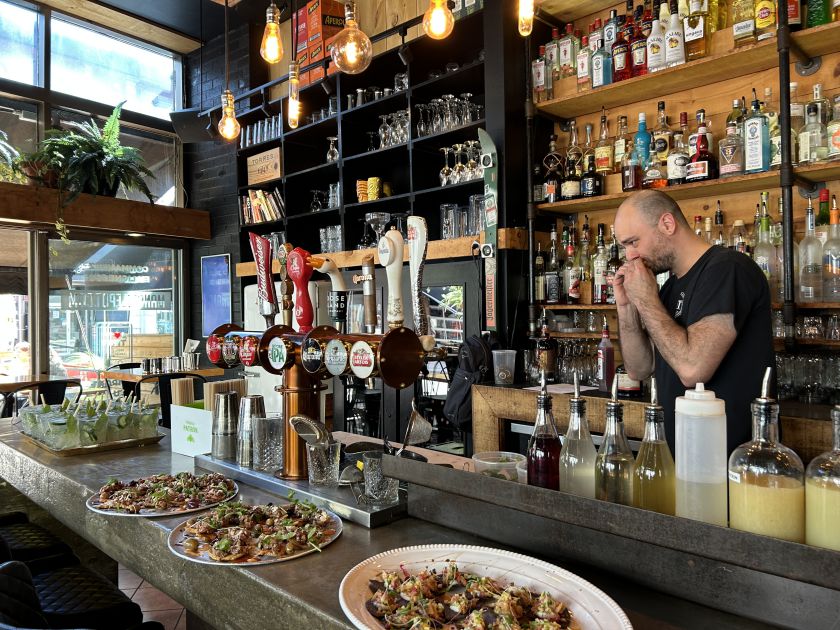
Although Le Pot is a part of the small city’s revitalized downtown, it is also a perfect place to find definitively Québecois spins on globally popular appetizers. The Carpaccio de Bœuf has Canadian bacon. The Tuna Tataki is flavoured up with a Montréal-inspired spice mix, lemon zest, and mango–ginger purée. The ceviche is made with locally sourced turbot and shrimp. Its fun, extensive menu of original cocktails ties neatly into local history and pop culture. Le Cowboy de TR (gin with fresh lime and grapefruit juice, alœ juice, simple syrup, cucumbers, basil and tonic) is summer cocktail with a definitive local splash.
While Les Temps d’une Pinte, across the street and a few metres away from Le Pot, has an abundance of tasty morsels, you go here for the interesting array of craft beers and artisanal coffee. Unique selections include witbier La Blanche des Ursulines, citrusy Le Souspap IPA, and Le Puck stout brewed with Ethiopian Sidamo coffee.
Québec City
Remember dipped chocolate soft-serve ice-cream from your childhood? Check out the adult version at Les Chocolats Favoris, launched in Québec’s Lauzon neighbourhood, which squarely falls in the “costs more, but worth it” range of experiences. While sidewalk cafés abound on Old Québec’s streets, Bar 1608, inside the legendary Château Frontenac Hotel, boasts panoramic views of Lower Québec’s streets, amber and gold accented décor, and equally regal cocktails such as the show-stopping Operation Neptune and the delicate but complex Bella Vita, perfectly paired with charcuterie plates.
Anybody who appreciates treasure-hunting at places like Target for hidden fashion gems will appreciate the flagship of La Maison Simons, an old-school department store that mostly sells its own house brands. The best sweaters, jackets, and accessories blend French polish with North American unfussiness.
Charlottetown, Prince Edward Island
Summer Sundays and Saturdays year-round are the best days to drop into Charlottetown with local farmers’ markets going full tilt. Every other day, except holidays, one can drop into the Founders’ Food Hall, which is blissfully free of Canadian or international chains and also serves up vegan options, cooking demos, and hand-made local souvenirs. On Sundays during the summer months, the Downtown Farmers’ and Artisans’ Market delivers many interesting only-in-pei delights such as lobster samosas and apple ice wine. Viking’s roster of excursions includes a céilidh at Lobster on the Wharf, which is as much a mainstay restaurant as it is for visitors coming to town by land or sea. Live folk music performed by area musicians, house IPA and PEI comfort food provide a tasty, homespun contrast to on-ship dining.
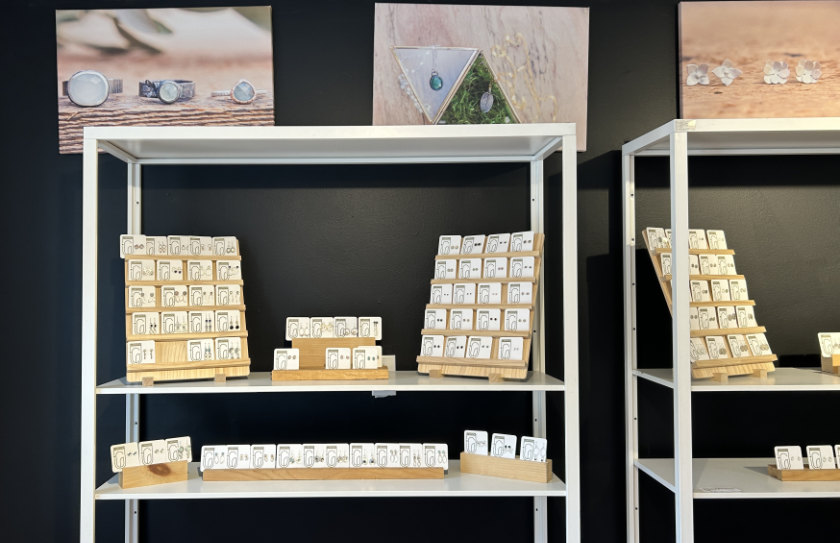
One thing that surprised me about Prince Edward Island’s capital is its abundance of shops specializing in affordable but fashion-forward jewellery rendered in sterling silver, vermeil, gold and semi-precious stones. You can see Stacey Leunes, Garnish Jewellery’s founder–designer, at work in her 89 Water Street open concept studio or at the front of the shop perfecting her displays in ways that reflect her philosophy: ‘I believe [jewellery] has the power to make you feel extra-special. That’s why I named my business Garnish Jewellery, a friendly reminder to adorn yourself with something beautiful every day.’ Simple shapes, bold textures, and raw stones come together in what could best be described as “quiet” statement pieces. They are delicate and stackable yet make a visual impact on the wearer. There’s also the possibility that shoppers will meet her furry assistants, Willow and Fern.
Goldsmith Kimberly McIntyre’s Kuriosities is also a working studio where customers can see and hear the process of her pieces—inspired by old jewellery-crafting techniques and modern shapes inspired by Prince Edward Island—come together from start to finish. While her æsthetic is delicate and inspired by nature, she enjoys a global reach, boasting over 75,000 clients around the globe. Her résumé includes special pieces commissioned by Humane Society of the United States (representing the Kindred Spirits national fund-raising programme) and the government of Prince Edward Island, which purchased several of Kuriosities’ famous Island necklaces to be worn by those representing the province on trade missions to India. Her work has also appeared in top magazine fashion editorials and graced the wrists and necks of noted rock and pop musicians including Jack White (formerly of the White Stripes), Brendan Benson, and Patrick Keeler, who wore Kimberly’s work on a world tour for the Raconteurs.
Peggy’s Cove, Nova Scotia
If you choose to take an excursion to tiny fishing village and tourist magnet Peggy’s Cove, one of the highlights is Tom’s Lobster Shack. Lots of tempting things appear on its menu, but the biggest catch is its selection of huge and hearty lobster roll sandwiches, available in the traditional preparation or subtle-but-special variations with truffle or cajun seasoning. The three artisan stores have great home items and accessories.
Although souvenir shops now inhabit many of the original picturesque houses, Hags on the Hill is one place where you’ll not only find the usual mix of pithy T-shirts and magnets, but some eye-catching accessories such as Rebecca R. Park’s artisanal Evr Leather totes and cross-body sling bags, hand-knit items, bold statement jewellery, and a variety of fun home accessories. •

